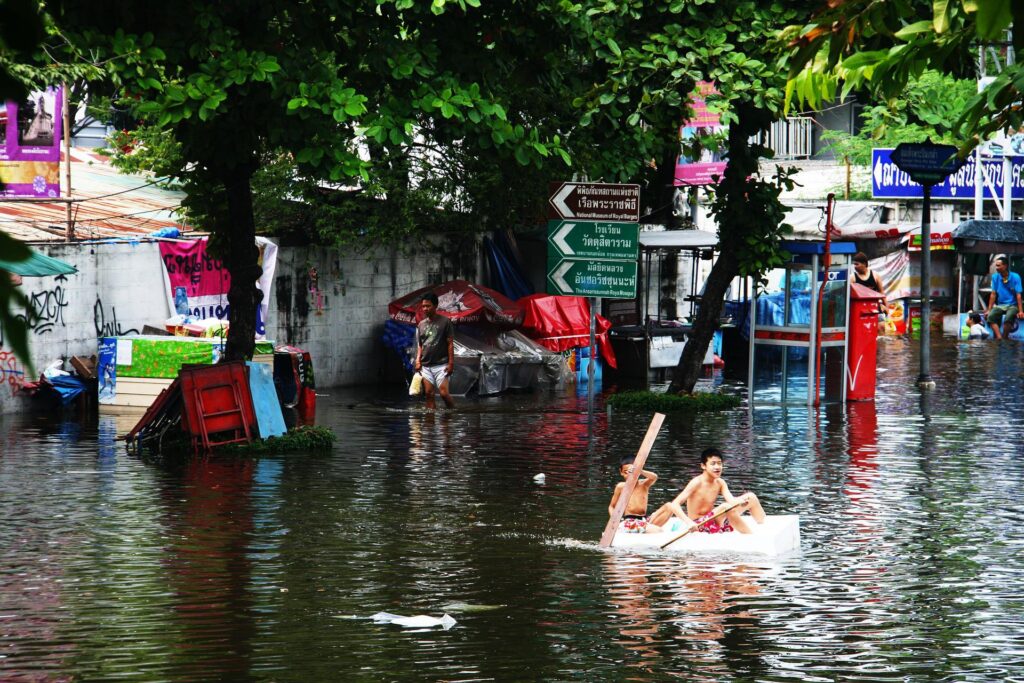The World Meteorological Organization (WMO) has partnered with the Viet Nam Meteorological and Hydrological Administration (VNMHA) to launch the Southeast Asia Flash Flood Guidance System (SeAFFGS), providing improved early warnings for one of the most dangerous natural hazards in the region.
The SeAFFGS will be operated by VNMHA, providing effective flash flood guidance and forecasts within Vietnam, as well as acting as the regional center covering Cambodia, Lao PDR and Thailand, providing forecast products, data and training.
The new regional center will strengthen the WMO’s global Flash Flood Guidance System (FFGS) network, which now covers 67 countries and is key to ensuring that early warning services reach everyone in the world in the next five years.
Southeast Asia has a tropical monsoon climate and is one of the regions heavily affected by hydrological disasters such as flash floods and landslides.
A memorandum of understanding (MoU) was signed at a ceremony at WMO headquarters, formally designating VNMHA as the SeAFFGS regional center and underlining mutual commitment to improve hydrological activities and early warnings across Southeast Asia.
Professor Tran Hong Thai, VNMHA administrator, said, “After five years of hard work and remarkable efforts, a flash flood guidance system in Southeast Asia was officially established which I believe will save a lot of lives and reduce significant damage cost for the region. The MOU signing ceremony today marks a very important milestone for the Southeast Asia community in general and for Vietnam in particular to enhance resilience to disasters.”
Dr Wenjian Zhang, assistant secretary-general of WMO said the regional center would play a critical role in the overall functioning of the SeAFFGS project, strengthening collaboration and increasing the capacity of participating national meteorological and hydrological services to provide timely and accurate forecasts and warnings of hydrometeorological hazards.
The SeAFFGS has been developed under the project “Building Resilience to High-Impact Hydrometeorological Events through Strengthening Multi-Hazard Early Warning Systems (MHEWS) in Small Island Developing States (SIDS) and Southeast Asia (SEA)”, which is funded by the Government of Canada (Environment and Climate Change Canada – ECCC), and implemented by the WMO and the Hydrologic Research Center (HRC), while the National Oceanic and Atmospheric Administration (NOAA) is a satellite data provider into the system.



